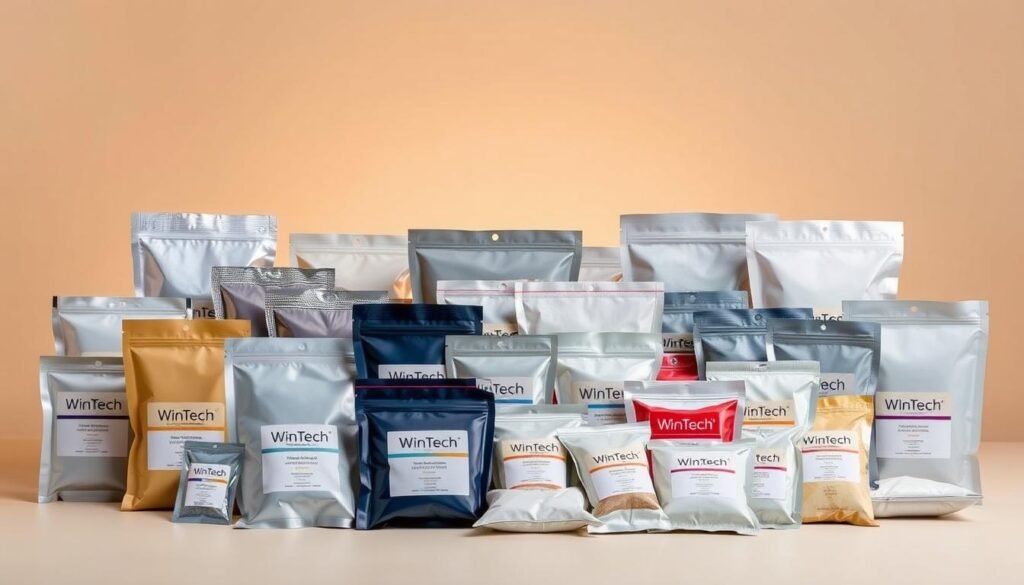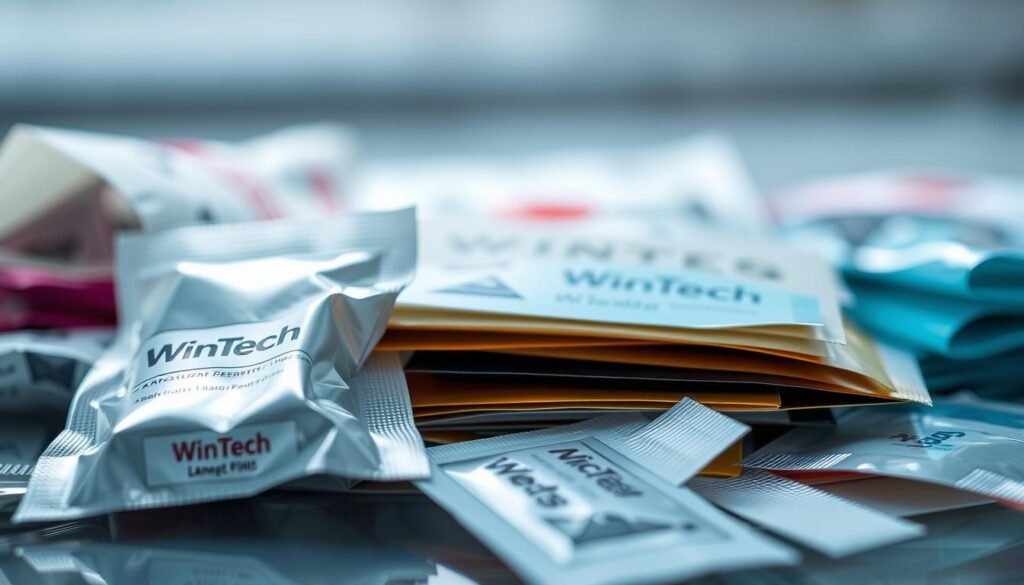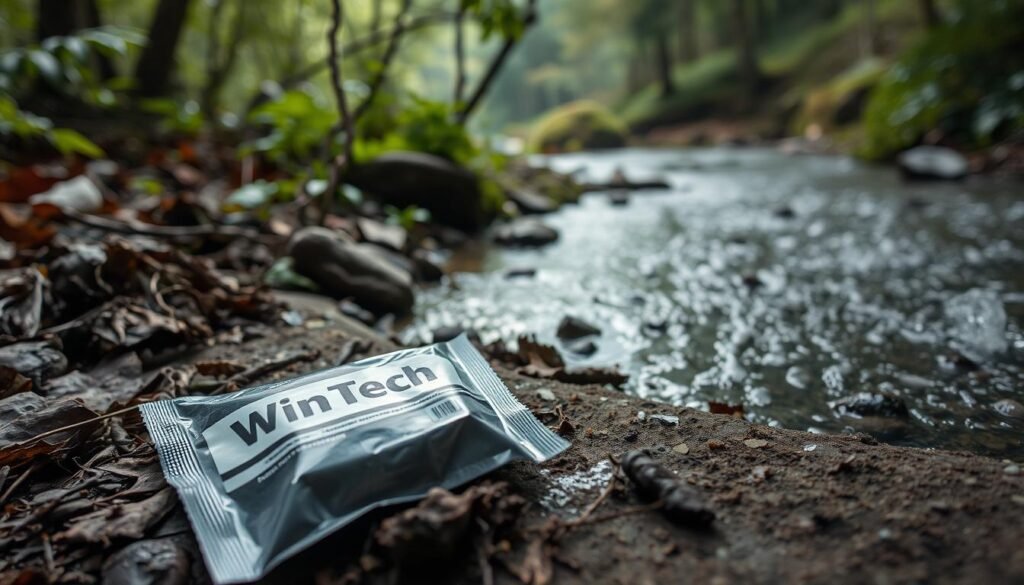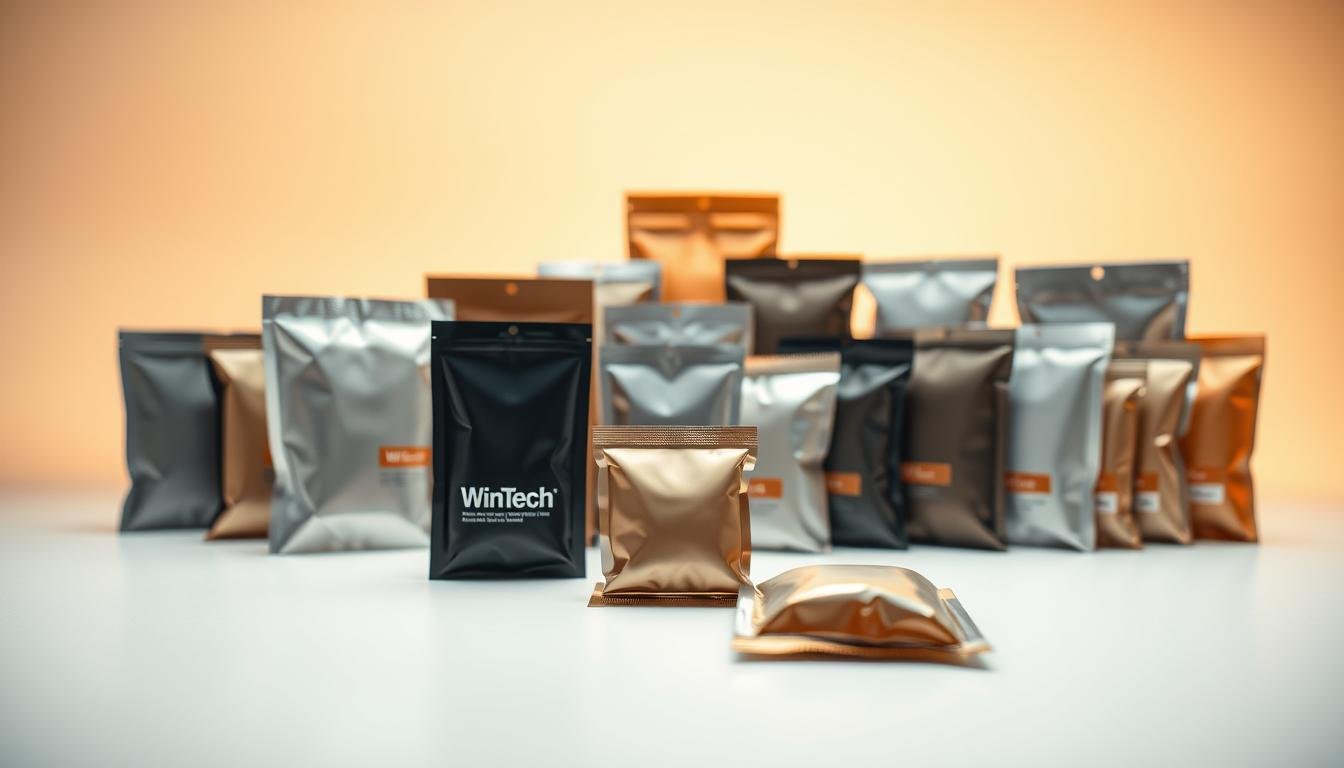What are Sachets: Evaluating Recyclability within Existing Municipal Streams
Have you ever wondered about the tiny packets that quietly revolutionize product packaging? What are sachets, and why are they becoming a critical conversation in environmental sustainability? Sachets meaning goes far beyond simple containers—they represent a complex intersection of convenience, consumption, and ecological responsibility.
What are sachets exactly? These small, single-use packets have transformed how consumers interact with products across multiple industries. Single-use sachets provide portable, convenient solutions for everything from condiments to personal care products, allowing consumers to sample or use precise quantities without committing to larger packaging.
The ubiquity of sachets raises important questions about their environmental footprint. While they offer remarkable convenience, their recyclability remains a significant challenge for municipal waste management systems. Understanding what are sachets and their broader implications is crucial for consumers and manufacturers alike.
Key Takeaways of What are Sachets
- Sachets represent a versatile packaging solution across multiple industries
- Single-use sachets offer convenience but pose significant recycling challenges
- Environmental sustainability is a critical consideration for sachet production
- Consumer awareness plays a crucial role in addressing sachet waste management
- Innovative materials are emerging to improve sachet recyclability
Understanding What are Sachets and Their Common Uses
Sachets are small, sealed packets designed to contain single-use quantities of various products. These compact containers have revolutionized packaging across multiple industries, offering convenient and precise product delivery. When exploring what are sachets, you’ll discover they provide an efficient solution for packaging everything from condiments to pharmaceutical samples.

Understanding what are sachets involves recognizing their versatility. These lightweight packets serve multiple purposes across different sectors, making them a popular packaging choice for consumers and businesses alike.
Defining Sachets: More Than Just a Packet
Tea sachets and food sachets represent two prominent examples of how these small packages transform product consumption. Unlike traditional packets, sachets are typically more compact and designed for single-use applications. When comparing sachets vs packets, key differences emerge in size, material, and intended use.
- Typically smaller than standard packets
- Designed for precise portion control
- Often made from specialized materials
- Used across multiple product categories
Industries Leveraging Sachet Technology
Various industries have embraced sachet packaging as a strategic solution. From pharmaceuticals to personal care, these miniature containers offer unique benefits that larger packaging cannot match.
| Industry | Sachet Applications |
|---|---|
| Food & Beverage | Condiment packets, tea sachets, instant coffee |
| Pharmaceuticals | Single-dose medications, supplement samples |
| Cosmetics | Skincare samples, travel-sized products |
Consumer Appeal of Sachets
Consumers appreciate sachets for their convenience and practicality. These small packages offer precise portioning, reduce waste, and provide an affordable way to sample new products. Whether you’re trying a new tea flavor or carrying travel-sized toiletries, sachets deliver an efficient packaging solution.
What are Sachets Made Of? Exploring Material Composition
Understanding the composition of sachets is crucial for consumers and manufacturers alike. What are sachets exactly? They are small packets designed to contain various substances, ranging from moisture-absorbing materials to fragrance enhancers.

The material selection for sachets plays a critical role in their functionality and environmental impact. Different industries choose specific materials based on their unique requirements and intended use.
Plastic Versus Paper Sachets
When exploring what are sachets, you’ll find two primary material categories: plastic and paper. Plastic sachets offer superior moisture resistance and durability. They are commonly used for:
- Silica gel sachets in electronics packaging
- Food preservation
- Pharmaceutical product protection
Paper sachets, in contrast, provide a more environmentally friendly alternative. They work well for:
- Fragrance sachets in clothing storage
- Tea and coffee packaging
- Dry ingredient containers
Innovative Eco-Friendly Sachet Materials
The packaging industry is rapidly developing sustainable sachet solutions. Biodegradable materials are emerging as promising alternatives to traditional plastic compositions. Manufacturers are experimenting with plant-based polymers and compostable materials to reduce environmental footprint.
Specialized sachets like silica gel sachets and fragrance sachets continue to evolve, incorporating more sustainable material technologies that maintain product integrity while minimizing ecological impact.
What are Sachets’ Environmental Impacts?
Understanding what are sachets goes beyond their convenient packaging. These small pouches carry significant environmental challenges that demand careful examination. The environmental footprint of sachets has become a critical concern for manufacturers, consumers, and waste management experts.

The complexity of sachets creates unique recycling obstacles. Lavender sachets and sachets for drawers often feature multi-layered materials that complicate standard recycling processes. Their miniature size prevents traditional sorting machinery from effectively processing them.
Recycling Challenges in Sachet Management
Recycling challenges for sachets stem from several key factors:
- Mixed material composition
- Extremely small physical dimensions
- Contamination from product residues
- Limited municipal recycling infrastructure
Municipal Waste Management Strategies
Innovative waste management solutions are emerging to address sachet-related environmental concerns. Cities are developing specialized recycling streams that can handle these complex packaging materials.
| Waste Disposal Method | Projected Percentage (2019-2060) |
|---|---|
| Recycling | 22% |
| Incineration | 15% |
| Landfill | 58% |
| Other Disposal Methods | 5% |
Case Studies in Sachet Recycling
Several pioneering organizations are developing breakthrough approaches to sachet recycling. TerraCycle, for instance, has created specialized collection programs for hard-to-recycle packaging, including various types of sachets.
While challenges persist, the growing awareness around what are sachets and their environmental impact drives continuous innovation in sustainable packaging solutions.
The Future of Sachets in Packaging
The packaging industry is experiencing a transformative shift in understanding what are sachets and their environmental impact. Single-use sachets are no longer just convenient product containers but are becoming a focal point for sustainable innovation. Consumers and manufacturers are increasingly collaborating to redesign these small packages with eco-friendly materials and recycling strategies.
Trends in Sustainable Sachet Production
Emerging technologies are revolutionizing what are sachets by introducing biodegradable and recyclable materials. Companies are investing in research to develop sachets that minimize environmental footprints while maintaining product integrity. Advanced polymer blends and plant-based materials are creating new opportunities for single-use sachets that can decompose or be easily recycled.
Consumer Awareness and Demand for Recyclable Sachets
Your purchasing decisions are driving significant changes in sachet design. Increasing environmental consciousness has pushed brands to rethink what are sachets and their potential sustainability. Consumers now demand transparency and ecological responsibility, prompting manufacturers to develop innovative single-use sachets that align with green packaging principles.
Wintech Package’s Commitment to Sustainable Sachets
Leading packaging companies like Wintech Package are setting new industry standards by reimagining what are sachets through sustainable lens. Their commitment involves developing recyclable materials, reducing plastic content, and creating packaging solutions that meet both consumer needs and environmental regulations. This proactive approach signals a promising future for responsible sachet production.







